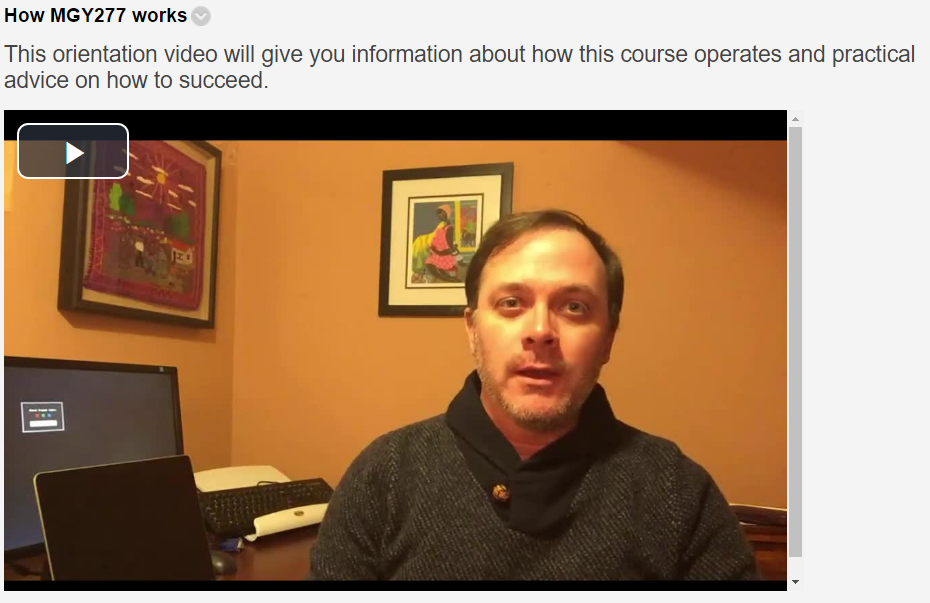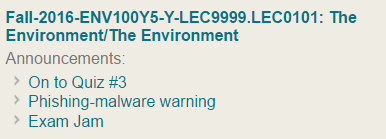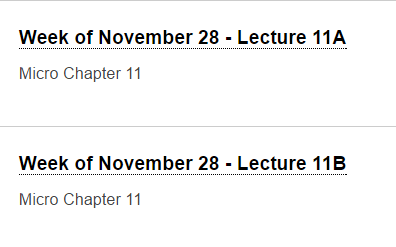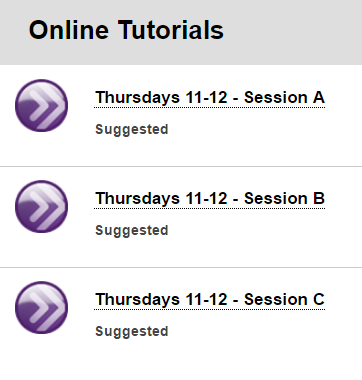As part of our Motivation and Retention in Large Online Courses Project, this resource collection shares strategies that instructors from some of University of Toronto’s largest online courses (500+ students) use to build student confidence and create community. These simple strategies help retain students and keep them motivated during the course.
Motivation and Retention: UofT Examples and Examples from Literature
- Student Orientation
- Ongoing Communication
- Varied Content, Assessment Design
- Peer-review and Collaboration
- Chunking Content
- Small Cohorts in Large Classes
- Increase Interest
- Individual Assistance
1) Student Orientation
A clear orientation to the course helps students to become confident with the online learning environment and the course tools as well as clarifies course expectations (e.g. communication and participation). A short video is particularly effective for providing orientation.
2) Ongoing Communication
It is important to communicate with students often and, if possible, through various channels (e.g. through email and through announcements). Reminders about events and due dates, flagging potential problems and sending messages to motivate students are useful to communicate on a regular basis.
3) Varied Content, Interaction, Assessment design
To accommodate students varied learning styles and preferences it is suggested to include a variety of content and assessment types. In Psychology they have several different assessment types.
- mTuner activities are enhanced, online multiple-choice tests.
- Digital Labcoat is an online tool that gives hands-on experience with the scientific method.
- peerScholar is a peer review tool (expanded upon below) that helps develop critical thinking skills.
- The SONA assignment is to either partake in a research study or submit a written paper.
4) Peer-review and Collaboration
In addition to varied content it is important to include both individual and collaborative activities (e.g. wiki projects and peer assessment). In Blackboard we have a peer assessment tool called peerScholar you can use. Students are able to see each others’ work (anonymously) and give and receive feedback on their work.
5) ‘Chunking’ Content
Keeping student attention is key to success in an online environment. Breaking up learning units into manageable “chunks” helps students keep attention and benefits those who prefer brief learning sessions. For example, consider breaking longer lecture videos into two parts.
6) Small cohorts within large classes
Students in very large courses often benefit from taking part in smaller groups for a sense of community. Smaller groups allow for greater discussion opportunities and helps facilitate students in assisting each other with assignments and homework. Example strategies include creating study groups or tutorial groups.
7) Increase Interest
Incorporating student challenges (e.g. coding challenges in programming courses) and offering recent news items that pertain to the course material increase student interest in the course.
8) Individual Assistance and Technical support
Offering students a venue to get assistance (e.g. contact instructor directly), leading weekly office hours for help (online through a webinar) and offering options for technical support (direct students to on campus support systems) help build student confidence.

The strategies we highlight are grounded in research and practice. For a look at references feel free to view the full Motivation and Retention Literature Review.
References
Braga, J., Gunter, G., & Carneiro, M. M. (2015, March). Strategies for Large Class Sizes in Online and Virtual Learning Environments. In Society for Information Technology & Teacher Education International Conference (Vol. 2015, No. 1, pp. 195-198).
Britto, M., & Rush, S. (2013). Developing and Implementing Comprehensive Student Support Services for Online Students. Journal of Asynchronous Learning Networks, 17(1), 29-42.
Chaiprasurt, C., & Esichaikul, V. (2013). Enhancing motivation in online courses with mobile communication tool support: A comparative study. The International Review Of Research In Open And Distributed Learning, 14(3), 377-401. doi:http://dx.doi.org/10.19173/irrodl.v14i3.1416
Djafarova, N., & L. Zefi, (2013). Large Online Classes: Successful Design and Delivery Strategies. CAUCE Research Grant Report. The G. Raymond Chang School of Continuing Education, Ryerson University https://www.google.ca/url?sa=t&rct=j&q=&esrc=s&source=web&cd=1&ved=0ahUKEwjUnve6sfvPAhUG4SYKHQ5gD14QFggeMAA&url=http%3A%2F%2Fcauce-aepuc.ca%2Fwp-content%2Fuploads%2F2015%2F09%2FCAUCE-RESEARCH-GRANT-REPORT-Chang_School-Sept.9-2015.pdf&usg=AFQjCNGJBe9zTCOviFTFmTOH-5Wyl9OMwg&sig2=fam2UHd0Ner0j-mfhtH7zQ
Guo, W., Chen, Y., Lei, J., & Wen, Y. (2014). The effects of facilitating feedback on online learners’ cognitive engagement: Evidence from the asynchronous online discussion. Education Sciences, 4(2), 193-208.
Hegeman, J. (2015). Using instructor-generated video lectures in online mathematics courses improves student learning. Online Learning, 19(3).
Herring, A. , & Burgess, A. (2012). Validating Student Feedback through Review of Online Program Delivery Best Practices. Delta Journal of Education 2(2)
Hew, K. F. (2016). Promoting engagement in online courses: What strategies can we learn from three highly rated MOOCS. British Journal of Educational Technology, 47(2), 320-341.
Hokanson, B., & McCluske, M. (2014). Creativity and a massive course: Experience and observations with teaching a MOOC. Educational technology: The magazine for managers of change in education, 54(5), 22-29.
Hudson, D. L., Whisenhunt, B. L., Shoptaugh, C. F., Rost, A. D., & Fondren-Happel, R. N. (2014). Redesigning a Large Enrollment Course: the impact on academic performance, course completion and student perceptions in Introductory Psychology. Psychology Learning & Teaching, 13(2), 107-119.
Huett, J. B., Kalinowski, K. E., Moller, L., & Huett, K. C. (2008). Improving the motivation and retention of online students through the use of ARCS-based e-mails. The Amer. Jrnl. of Distance Education, 22(3), 159-176.
Panagopoulos, L. (2007) Virtual sections: A creative strategy for managing large online classes. Online Cl@ ssroom, 1(5). https://hilo.hawaii.edu/academics/dl/documents/11stratmanageonlinecourse-oc.pdf
Steiner, I. (2016, June). Getting Them Excited: Designing an online course based on the ARCS Model to encourage attention, relevance, confidence and student satisfaction in a general educational humanities class. In EdMedia: World Conference on Educational Media and Technology (Vol. 2016, No. 1, pp. 1289-1293).
Sull, E. C. (2007). 10 Ways to Get Reluctant and Downright Scared Students Enthusiastic About Taking Online Courses. Online Cl@ ssroom, 1(5). https://hilo.hawaii.edu/academics/dl/documents/11stratmanageonlinecourse-oc.pdf







